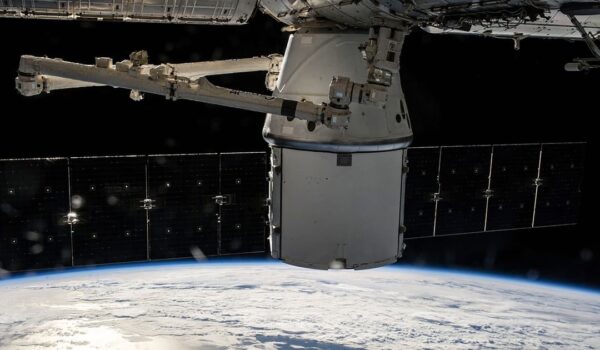At the heart of the original AMS-02 blueprint lies a revolutionary Cryogenic Superconducting Magnet, engineered to match the mechanical dimensions of its predecessor while boasting a magnetic field five times more potent.
Understanding Conducting Magnets
Harnessing the power of electricity coursing through wire coils, conducting magnets produce magnetic fields—a phenomenon governed by Ampere’s Law. Charged particles interacting with these fields experience Lorenz force, dictating their trajectory curvature based on energy and charge.
The Superconducting Magnet’s Vital Role
Elevating the magnetic field’s intensity, the Superconducting Magnet enables efficient particle separation even at high energies, thanks to superconducting wires carrying substantial currents without energy dissipation. This zero-resistance trait ensures prolonged magnet operation—a boon for space missions.
Why Cryogenics Matter
Operating at near absolute zero temperatures, superconductors necessitate cryogenic environments to maintain superconductivity. However, exceeding critical thresholds triggers a quench—a rapid shift from superconducting to resistive state—endangering the magnet. Sophisticated systems mitigate quenches by dissipating stored magnetic energy safely.
Constructing the Superconducting Magnet System
Comprising 14 superconducting coils nestled within a superfluid helium vessel, the magnet resides within a vacuum tank. These coils, fashioned from Niobium-Titanium filaments, generate the main magnetic field, while ancillary coils minimize stray fields, crucial for ISS compatibility. Operating at 1.8 K, sustained by 2,500 L of superfluid helium, the magnet’s cryogenic system ensures operational longevity, albeit finite due to helium consumption.
The Path Ahead
As the Superconducting Magnet unlocks new frontiers in space exploration, its enduring legacy promises to reshape our understanding of cosmic phenomena. With meticulous design and innovative engineering, this cryogenic marvel epitomizes humanity’s quest for knowledge amidst the stars.

